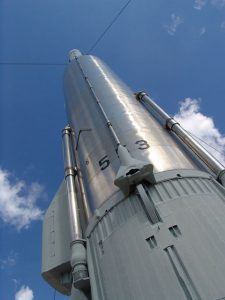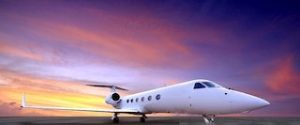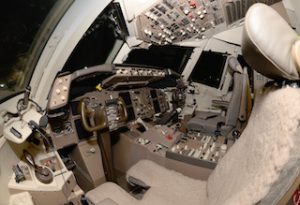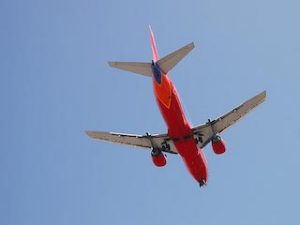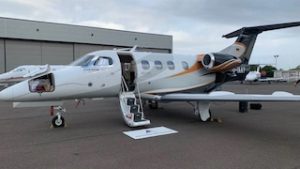9 General Aviation Airport Rules And Regulations
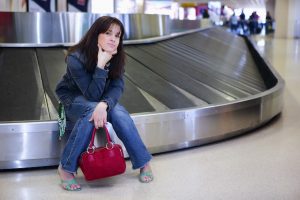 General aviation refers to all civilian flying activities outside of commercial airline services. It includes private flying, flight training, and other non-commercial operations. While general aviation is a vast field, it comes with specific rules for operating at airports. These rules ensure safety, efficiency, and compliance with aviation regulations. Understanding these rules is vital for pilots and other aviation personnel. The following outlines 10 key general aviation rules regarding airport operations.
General aviation refers to all civilian flying activities outside of commercial airline services. It includes private flying, flight training, and other non-commercial operations. While general aviation is a vast field, it comes with specific rules for operating at airports. These rules ensure safety, efficiency, and compliance with aviation regulations. Understanding these rules is vital for pilots and other aviation personnel. The following outlines 10 key general aviation rules regarding airport operations.
1) Airport access requirements by general aviation
When entering any airport, pilots must identify the airport and ensure access authorization. General aviation pilots often operate at smaller airports that may have controlled or uncontrolled access. At controlled airports, pilots must receive clearance from air traffic control before entering. In contrast, uncontrolled airports typically have procedures that pilots must follow to ensure safe operations. Checking the airport’s operating hours, designated runways, and radio frequencies is crucial for smooth airport access.
2) Runway use and taxiway navigation
Pilots must adhere to designated runways and taxiways while operating on an airport’s grounds. Airports usually have clear signage and markings to guide pilots to the appropriate areas. At controlled airports, ATC assigns runways and taxi routes, and pilots must follow these instructions. At uncontrolled airports, pilots must communicate their intentions on the radio to alert others of their movements. When on the ground, pilots should always give way to larger aircraft if necessary to avoid accidents.
3) Communication with air traffic control
Effective communication with air traffic control is a core requirement at controlled airports. Pilots must use the correct radio frequencies and transmit clear, concise information when requested by ATC. This includes stating their position, intentions, and any changes to their flight plan. In uncontrolled airports, pilots must self-announce their intentions on the common traffic advisory frequency. Clear communication helps ensure safety by preventing collisions and misunderstandings between pilots and other airport users.
4) Adhering to airport traffic patterns
Airport traffic patterns help organize the flow of aircraft around an airport. Pilots must adhere to these established patterns to ensure safety during takeoff and landing. These patterns typically follow left or right turns at specific altitudes. Pilots should always check the airport’s standard operating procedures and follow any restrictions related to the pattern. Deviating from the traffic pattern without proper communication with ATC or other pilots can lead to dangerous situations.
5) Using airport facilities and services
General aviation pilots often rely on airport facilities and services, such as fueling stations and maintenance hangars. However, they must follow established procedures when using these services. Pilots should know the hours of operation for each service and ensure that they have proper payment methods. When using fueling stations, pilots must ensure that they adhere to safety guidelines to prevent accidents. Additionally, if maintenance services are required, pilots must confirm the availability of qualified personnel before beginning any work.
6) Runway safety and hold short requirements
Maintaining runway safety is a top priority at every airport. Pilots must avoid entering an active runway unless they have received clearance from ATC. At controlled airports, pilots must hold short of a runway until instructed by ATC to proceed. Even at uncontrolled airports, pilots should follow the recommended hold short procedures to avoid collisions. By ensuring that aircraft do not enter an active runway without proper clearance, pilots significantly reduce the risk of accidents.
7) Taxiing procedures and speed limits
When taxiing on an airport, pilots must follow proper procedures and adhere to speed limits. Taxiways are often congested with multiple aircraft, so pilots must stay vigilant and cautious. It’s essential for pilots to keep their speed within the recommended limits, which are usually indicated by signage or specified in airport charts. Pilots should avoid taxiing too quickly to maintain full control of the aircraft, especially during poor weather conditions or when navigating narrow taxiways.
8) Safety protocols for parking and ramp operations
Parking aircraft on the ramp requires following strict safety protocols. Pilots must park their aircraft in designated areas and secure them according to airport procedures. This includes ensuring the aircraft is properly tied down or chocked to prevent unintended movement. During ramp operations, pilots should be aware of other aircraft, vehicles, and personnel. Communication with ground crew personnel is vital to ensure that aircraft are safely parked and no hazards are present on the ramp.
9) Departure and arrival procedures
When departing or arriving at an airport, pilots must follow the airport’s departure and arrival procedures. At controlled airports, ATC provides specific instructions for departing and arriving aircraft. Pilots must adhere to these instructions and adjust their flight paths as necessary to maintain safe distances from other aircraft. For uncontrolled airports, pilots must listen for communications on the CTAF and coordinate their approach and departure accordingly. Following proper procedures for both arrivals and departures helps maintain a steady flow of air traffic and ensures safety.
Safety and compliance
General aviation airport rules serve to protect pilots, passengers, and airport personnel. By following these rules, pilots help ensure that airports operate efficiently and safely. Safety procedures, effective communication, and adherence to established protocols are necessary for avoiding accidents and preventing incidents. Pilots must remain vigilant and well-informed about the specific rules at each airport they operate in. By doing so, they can enjoy a smooth, safe flying experience.

